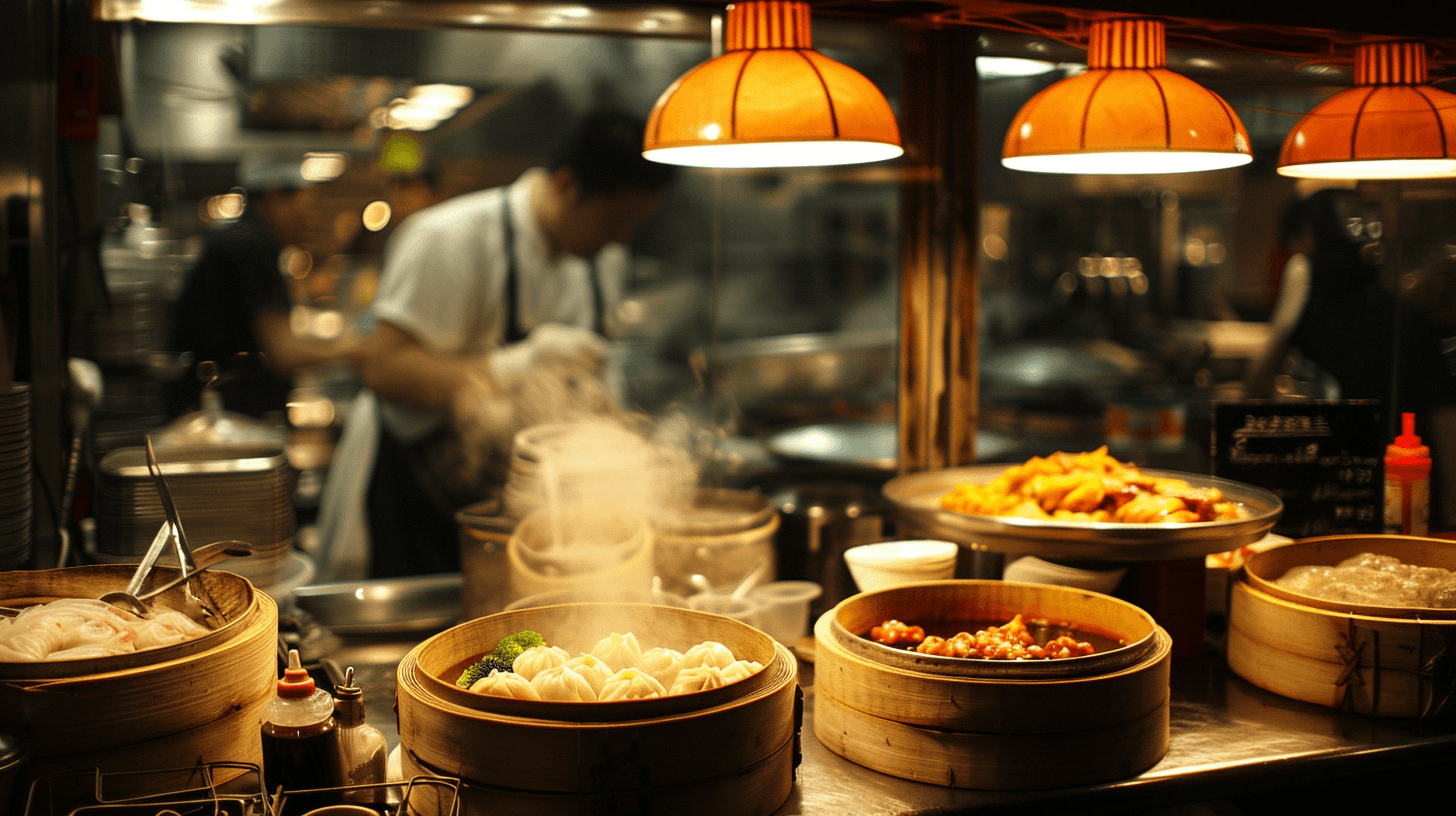The restaurant industry continues to navigate through turbulent waters as the aftermath of the COVID-19 pandemic still lingers. With inflation on the rise and a volatile job market, consumers have become increasingly cautious about their spending habits, particularly when it comes to dining out. This shift in consumer behavior has left many restaurant chains struggling to stay afloat in a drastically changed landscape.

Restaurants that were once bustling with activity, thanks to their strategic locations near office complexes, now face severe downturns. The ongoing trend of remote and hybrid work models has significantly reduced foot traffic, challenging even the most well-established eateries. The daunting task of relocating to more favorable locations is compounded by the fact that homebound employees are now less likely to dine out, opting instead for home-cooked meals or local takeouts.
Financial Strains and Strategic Overhauls
The financial repercussions of these changes are stark. Many restaurant chains are grappling with high levels of COVID-related debt, surging interest rates, and escalating costs for labor and ingredients. This economic pressure cooker has forced some to shutter their doors permanently, while others, like Red Lobster and Boston Market, find themselves teetering on the brink of bankruptcy.
Red Lobster, once a seafood giant, has closed about 50 restaurants and sought Chapter 11 bankruptcy protection. Meanwhile, Boston Market struggles under a mountain of debt, with only a few locations remaining operational despite legal hurdles that prevent a formal bankruptcy filing.

Amid these challenges, some companies are taking proactive steps to reassess and revitalize their business models. A notable example is BurgerFi International, Inc., which operates two prominent brands: Anthony’s Coal Fired Pizza & Wings and BurgerFi. The company has embarked on a strategic review to explore various alternatives aimed at enhancing its financial stability and operational efficiency.
BurgerFi’s Commitment to Quality and Strategic Review
BurgerFi has made a name for itself by offering high-quality, fast-casual dining experiences that rival traditional fast food. The company prides itself on serving premium burgers and pizzas made with fresh, top-notch ingredients.
“We don’t just serve great burgers. Since 2011, we’ve been serving next-level burgers made with fresh ingredients from the top suppliers across the country with an uncompromising standard for flavor and quality in everything we do,” states BurgerFi’s promotional narrative.
Similarly, Anthony’s Coal-Fired Pizza & Wings emphasizes the use of fresh, high-quality ingredients, including hand-picked Italian tomatoes and homemade dough, to deliver a distinctive coal-fired flavor. However, the premium cost of these ingredients adds another layer of financial burden on the chain, especially during these economically challenging times.

In response to the ongoing crisis, BurgerFi’s board of directors has engaged Kroll Securities as its exclusive financial advisor to help navigate the company through these turbulent times. The outcome of this strategic review is uncertain, and the company acknowledges the possibility that it may not result in a favorable resolution for all stakeholders.
The Future Outlook into Restaurant Chains
As BurgerFi and other restaurant chains explore their strategic options, the industry at large faces a critical period of adaptation and survival. The shift in consumer preferences, combined with economic pressures, will likely continue to reshape the landscape of dining out.
For industry observers and stakeholders, these developments serve as a vital indicator of the challenges and opportunities that lie ahead in the post-pandemic era.
While the road to recovery may be fraught with challenges, it is clear that innovation and adaptability will be key to surviving and thriving in the evolving restaurant industry. Whether through strategic reviews, restructuring, or rebranding, the ability to swiftly respond to changing market conditions will define the future of dining out in America.
Stay tuned to see how these strategies unfold, and sign up for our newsletter for more insights and updates on the latest trends in the restaurant industry and beyond.










